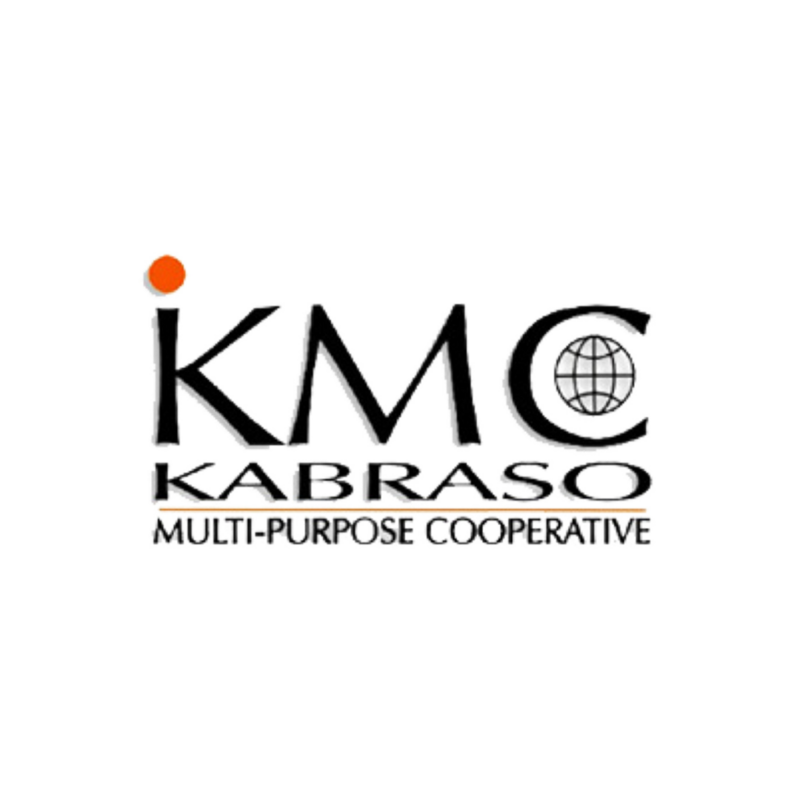Articles
How to Overcome Workforce Challenges in Manufacturing

Share article
Manufacturers today face some of the toughest workforce challenges in decades. From labor shortages to rising compliance demands, these issues directly affect production, costs, and long-term competitiveness.
The solution lies in workforce management in manufacturing. This is a structured approach to organizing people, processes, and technology. By adopting better management practices, manufacturers can overcome workforce hurdles while improving productivity, efficiency, and employee satisfaction.
Current Challenges in the Manufacturing Workforce
Several workforce-related challenges are reshaping the manufacturing landscape:
- Skills gap and aging workforce: Many skilled workers are retiring, while younger generations often lack training in technical roles. This widens the skills gap and creates labor shortages.
- High turnover and recruitment struggles: Finding and retaining qualified employees is a growing concern, with competition from other industries adding to the pressure.
- Compliance with safety and labor standards: Manufacturers must adhere to strict labor laws and workplace safety regulations, which require continuous monitoring and resources.
These issues make it clear that without effective workforce management, manufacturers risk falling behind.
Strategic Workforce Management Approaches
To address these challenges, manufacturers can adopt several workforce management strategies:
- Upskilling and continuous training: Investing in training programs equips employees with evolving technical skills, closing the skills gap while boosting retention.
- Flexible scheduling: Offering shift flexibility helps reduce absenteeism, improve work-life balance, and maintain consistent production output.
- Workforce planning aligned with production goals: Strategic planning ensures that staffing levels match demand, preventing overstaffing during slow periods and shortages during peak seasons.
These approaches help create a resilient workforce that supports both operational efficiency and employee satisfaction.
Role of Technology and DataTechnology plays a vital role in modern workforce management:
- Predictive analytics: By analyzing data, manufacturers can forecast staffing needs more accurately, ensuring the right number of workers are available.
- Workforce management software: Digital platforms streamline scheduling, reporting, and time tracking, reducing administrative tasks.
- Integration with manufacturing execution systems (MES): Linking workforce tools with MES ensures labor resources are aligned with real-time production needs.
With data-driven insights, manufacturers can optimize labor costs while maintaining productivity.
Case Examples of Effective Workforce Management in Manufacturing
Real-world examples demonstrate the impact of workforce management:
- A large manufacturer improved its production output by 15% after aligning shift schedules with demand forecasts, reducing downtime and overtime costs.
- Small and mid-sized manufacturers are also benefiting by adopting workforce management tools that help them manage compliance, track attendance, and assign skilled workers more effectively.
These cases show that whether large or small, manufacturers can strengthen operations with the right strategies.
Advertisement

